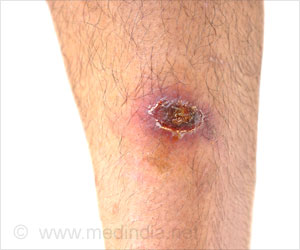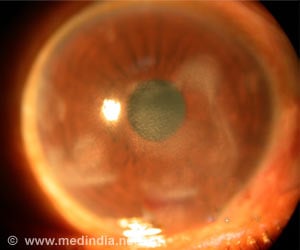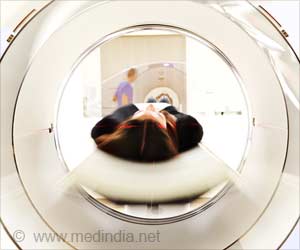New app allows earlier detection of surgical site infections and prevents hospital readmissions.

‘Woundcare is a user-tested iOS app that enables patients to transmit daily surgical wound images from their home to a clinician.’





"Patients cannot identify [infections] and frequently ignore or fail to recognize the early signs of cellulitis or other wound complications," study authors wrote. "This drawback leads to the common and frustrating scenario where patients present to a routine, scheduled clinic appointment with an advanced wound complication that requires readmission, with or without reoperation. However, the complication may have been amenable to outpatient management if detected earlier." Study Overview
Forty vascular surgery patients were enrolled in the study. There was an overall data submission rate of 90.2 percent among participants, and submissions were reviewed within an average of 9.7 hours. During the study, seven wound complications were detected and one false negative was found.
"We set out to come up with a protocol where patients could become active participants in their care and allow us to be in closer communication and monitor their wounds after they leave the hospital," said lead study author and general surgery resident Rebecca L. Gunter, MD. . "This approach allows us to intervene at an earlier time rather than waiting for patients to come back in after the problem has already developed past the point of being able to manage it on an outpatient basis."
Patients were enthusiastic about the app’s ease of use and the reassurance they felt having their wounds regularly monitored. The nurse practitioners responsible for reviewing the submitted images attested to the value of the photos and patient satisfaction, although they also noted it was difficult to find time to review the submitted images on top of an already heavy clinical workload. Study authors note that the success and sustainability of a post-discharge wound-monitoring protocol requires a dedicated transitional care program and not simply adding a task to the current staff workload.
Advertisement
"If you could imagine saving the cost from the number of patients whose readmission you were able to prevent, that result could provide significant savings to the health system," Dr. Gunter said. Although capturing specific numbers related to cost-savings was not part of this study, Dr. Gunter said it is an important area of focus for future studies.
Advertisement
"We have demonstrated that a population of complex and high-risk patients, many of whom are older adults and novice smartphone users, can complete this protocol with high fidelity and satisfaction," the researchers concluded.
Source-Eurekalert








